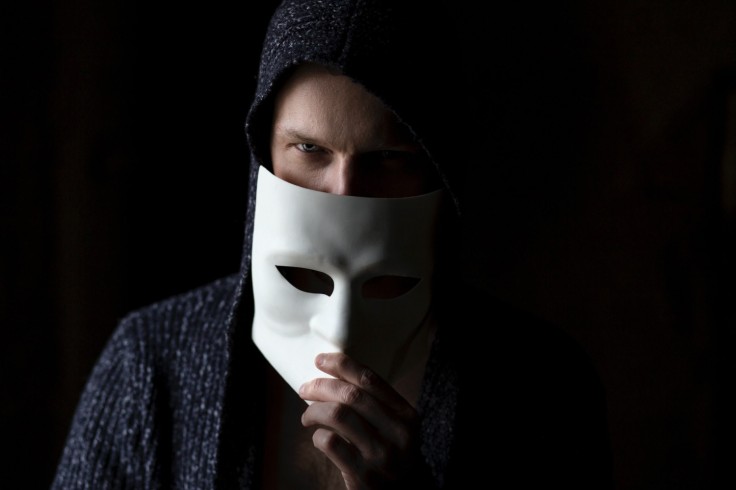The surge of artificial intelligence came with lots of opportunities and challenges in the tech and media industry. Deepfake is one of the things that was made possible with the help of AI.
Deepfakes rely on deep learning techniques such as generative adversarial networks (GANs) which allow users to create realistic content. Moreover, the internet provides an open source for these threat actors to create deepfake content.

While it was initially intended to bring entertainment purposes by switching faces of actors, some creators are gaining popularity due to using deepfakes to imitate and degrade prominent public figures.
In the era where deepfake exists regularly, it is important to arm yourself with knowledge to detect which is legit or fake. Here are some tips to use next time you recognize suspicious content online:
Read Also : 5 Key Reasons Why Cybersecurity Matters
Check for Body Distortion, Anomalies
The first thing to do is to analyze the person's face and body. Deepfakes are known for having body anomalies like extra body part, weird-looking curves, and some distortion to the natural face.
In addition, deepfake photos usually come out with unnatural facial expressions and odd eye placement. In videos, they tend to lack the appropriate emotions in the videos and some actions tend to get blurry.
Notice Mismatched Blinking, Lip Syncing
This tip applies to deepfaked videos which are usually made to spread disinformation by using the face of someone prominent like politicians or celebrities to entice other people. Pay attention to inconsistent blinking patterns which would automatically become unusual when compared to a real person.
Moreover, the lips are the most tell-tale sign of a deepfake video since the algorithm may not perfectly sync all the facial features based on a group so sample photos. There is a visible struggle to imitate human nuances.
See Through the Background
Sometimes AI-generated content is so well-put that you cannot pinpoint anything from the subject. However, the background can also tell you something is fake if you zoom it.
Deepfakes may struggle to maintain a realistic background. There are times that it will get distorted or blend with the subject itself. In addition, there are minute glitches that you will notice as you observe closer.
Verify the Story Context
Aside from inspecting the graphic, you should also be responsible for validating the information from it. You can easily search for the topic that is being used as a clickbait for the deepfake.
Similar to fact-checking textual articles, you should also be knowledgeable about conducting cross-references with other reputable sources. In this way, you can detect right away if something is wrong without needing to investigate the graphics.
Use Deepfake Detection Tools
Deepfakes are made using technological advancements hence, they could be fought using the same procedure. Due to its popularity, several companies have launched their own deepfake detection tools and software.
If you are capable of availing of these services, then you can easily upload the suspicious content and let it do the work for you. Regardless, it is still important to be self-vigilant and knowledgeable in knowing what is right or fake.
Related Article : 5 Ways to Protect Yourself From Dangers of Deepfakes









